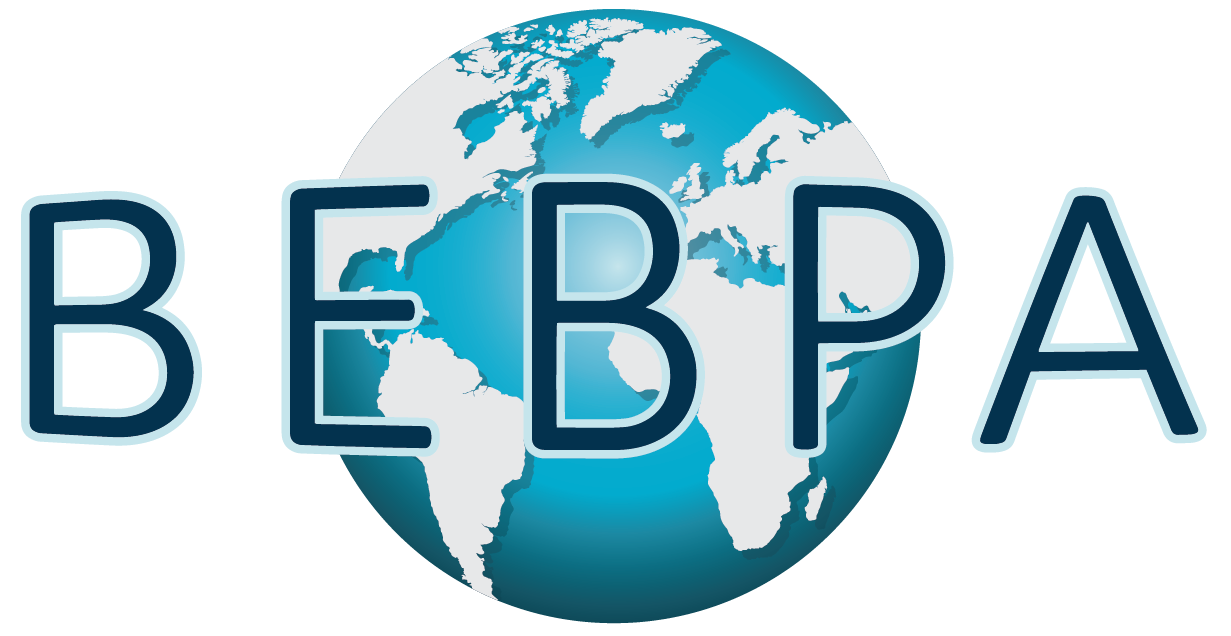BEBPA Blog
Tech Briefing: Improving the Bioassay Experience
The bywords for today’s bioassay developers seem to be:
- Phase Appropriate
- High Throughput
- Efficiency
If you are in the trenches trying to understand the Mechanism of Action of your drug product (DP), gathering the biological reagents and generating a dose-response curve, it is difficult to remember that at some point, the assay must be phase appropriate, efficiently developed, and efficient to run in the laboratory.
At BEBPA’s US Bioassay Conference in March, we have gathered topics and speakers to help you to take your scientifically beautiful concept assay and turn it into a cGMP analytical method to determine the potency of your DP. This is a critical aspect of potency assay development and the key to a successful bioassay which can ultimately support your commercial therapeutic process.
Come hear the following case studies from knowledgeable and experienced Industry scientists who have been there and developed better approaches to the potency assay.
Phase-Appropriate Potency Assay Development Strategies for Gene Therapy Products
Presented by Arkadi Manukyan, Senior Scientist, SANOFI
AAV-based gene therapies require complex analytical methods to assess key quality attributes during process development, GMP release, and stability monitoring of clinical-grade products. Here we discuss phase-appropriate paradigms for analytical method development, qualification, and implementation into gene therapy programs as they transition from research into clinical stages. A case study will be used as an example to discuss the strategies and challenges of the development and qualification of a functional potency assay used to support the release of a gene therapy product. Click here to read entire abstract.
Development of a New High Throughput Quantitative Potency Assay for a CD19 Chimeric Antigen Receptor T Cell Therapy
Presented by Louise Webb, Senior Scientist II, Autolus Therapeutics
An initial quantitative flow cytometry-based potency procedure…was developed and phase appropriately validated in Quality Control. Although scientifically sound, during routine execution of the procedure, Quality Control operators reported challenges regarding long-term culturing of target cells, extensive hands-on time, and subjective flow cytometric gating, which reduced operational efficiency and required extensive operator training….In response to such challenges, Autolus’ Analytical Development team developed a new procedure…which the Quality Control team were able to successfully validate….The new cellular impedance-based procedure addresses all the challenges encountered in the flow cytometry-based procedure execution and has been successfully validated and analysed for robustness. Our presentation will describe the newly validated cellular impedance-based procedure’s ability to provide a reliable, quantitative potency readout, significantly enhancing the operational efficiency and robustness of potency testing. Click here to read entire abstract.
Cell-based bioassay development with operational efficiency in mind.
Case study presented by an experienced bioassay developer from a major pharmaceutical company.
BEBPA Bioassay Conferences are known for their practical hands-on talks, sharing of critical hints and fabulous scientific discussion. This year, we will be doing a deep dive into issues with potency assay reference materials and data analysis. We will also focus on product specific case studies, and cover the use of advanced statistical tools for advancing your development efforts. Don’t wait too long to sign up for this conference as it does sell out.
- Torggler R, Margreiter E, Marksteiner R, Thurner M. Potency Assay Development: A Keystone for Clinical Use. Adv Exp Med Biol. 2023;1420:13-28. doi: 10.1007/978-3-031-30040-0_2. PMID: 37258781.
- Wang D, Yang X, Xella A, Stern LA, Brown CE. Potency monitoring of CAR T cells. Methods Cell Biol. 2023;173:173-189. doi: 10.1016/bs.mcb.2022.07.010. Epub 2022 Sep 6. PMID: 36653083.
- Qian J, Donohue MP, Bowen T, Zhang Y. The CombE-IDMS Assay as an Alternate Potency Method for Adjuvanted Quadrivalent Influenza Vaccines. Anal Chem. 2023 Aug 29;95(34):12842-12850. doi: 10.1021/acs.analchem.3c02048. Epub 2023 Aug 16. PMID: 37587402.
- Nevelli F, Palmese A, Gleixner R, Peroglio F, D’Acunto CW, Dadone A, D’Hooghe T, Lispi M. Biological Assay to Determine Gonadotropin Potency: From In Vivo to In Vitro Sustainable Method. Int J Mol Sci. 2023 Apr 28;24(9):8040. doi: 10.3390/ijms24098040. PMID: 37175746; PMCID: PMC10178553.
